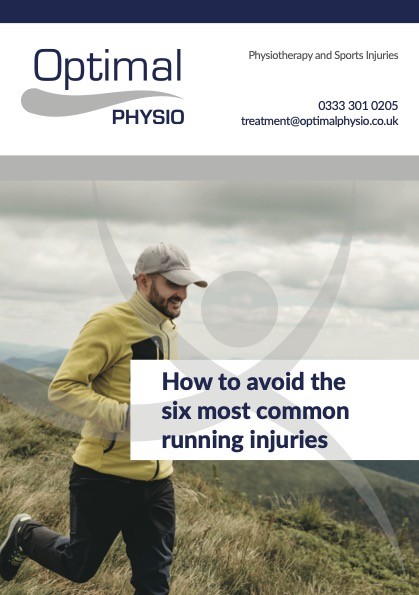Runners
What Does Running Mean To You?
Most runners have a goal whether it is to get up a hill without stopping for breath, getting round your usual route a little faster or hitting a PB at the races you have signed up for through the season.
The Impact Of An Injury
There is no endorphin release, no escape and no end of training satisfaction.
Missed training sessions have a compounding effect, leading to decreased fitness or de- conditioning, weight gain, more frustration, low mood, anxiety and the goal of a PB seems further away. I understand. As a runner myself my stress levels are definitely increased when I miss a couple of runs never mind the frustration of being inactive for weeks.
That’s without mentioning the actual pain caused by the injury itself.
An Injury Response Strategy
In the red zone there are significant, full-blown injuries that require a longer period out of training : stress fractures, ligament tears.
At the other end in the green zone – Mild, transient aches that bug you one day and disappear the next.
Your ability to stay in the green zone depends largely on how you react to that first stab of pain. Often a little rest now, or reduction in training mileage and intensity, with some treatment, can prevent a lot of time off later.
Unfortunately, many runners get stuck in the middle, in the not-quite-injured but not-quite-healthy yellow zone.
Developing a proactive long-term injury-prevention strategy, such as consistent strength training, stretching, and regular massage can help keep you in the ‘green.’
How We Solve The Problem
Our bodies are continuously stressed during exercise (which is normally a good thing) and then as a result of this stress they repair and we become more conditioned for that exercise.
There is always an element of luck and an injury can occur in all sports or exercise. BUT When the intensity, frequency and duration are all managed correctly alongside good recovery strategies, injury is less likely.
Understanding your injury, taking into consideration your training goals, the importance of running to you and the most effective rehabilitation plan, we can guide you to pulling on your running shoes again with confidence.
Assessed on a case by case basis we try and keep you running throughout your recovery plan and as you regain strength and distance, we will build in the tools to prevent further injury.


Solutions
This system provides a reliable outcome measure to compare effectiveness of treatments and assess you in standing, balancing, walking, running and squatting. You can find out more here.
It doesn’t have to be like this.
What Causes Running Injuries?
Training errors might seem like a broad term but typically training errors around overloading and inadequate recovery time are the most common problems.
The high rate of running injuries makes focusing on prevention key.
What are The Most Common Running Injuries?
The most common running injuries are:
- Runner knee
- Hamstring injuries
- Plantar fasciitis
- Shin splints
- ITB syndrome
- Achilles injuries
You can download our ebook to find out how the 6 most common running injuries feel, what causes them and what you need to know to get treated, get better and stay better.
Will I have to stop running during my rehab?
We actively try to avoid this unless it is absolutely necessary. In many cases we can modify your training to keep you running but this is assessed on a case by case basis. It’s also why general advice on the internet does not work. Your rehab has to be tailored to your running style, training load and lifestyle before we even consider the injury or stage of healing you are at.

Download your free ebook.
There is a lot of misleading and inaccurate information available relating to low back pain. So we have made this ebook to give you free information you can trust. Enter your details below to receive all the latest Optimal Physio news and offers, we’ll also give you a free e-book.
Get in touch
Click below to book your appointment easily online or arrange your free fit for physio consultation.